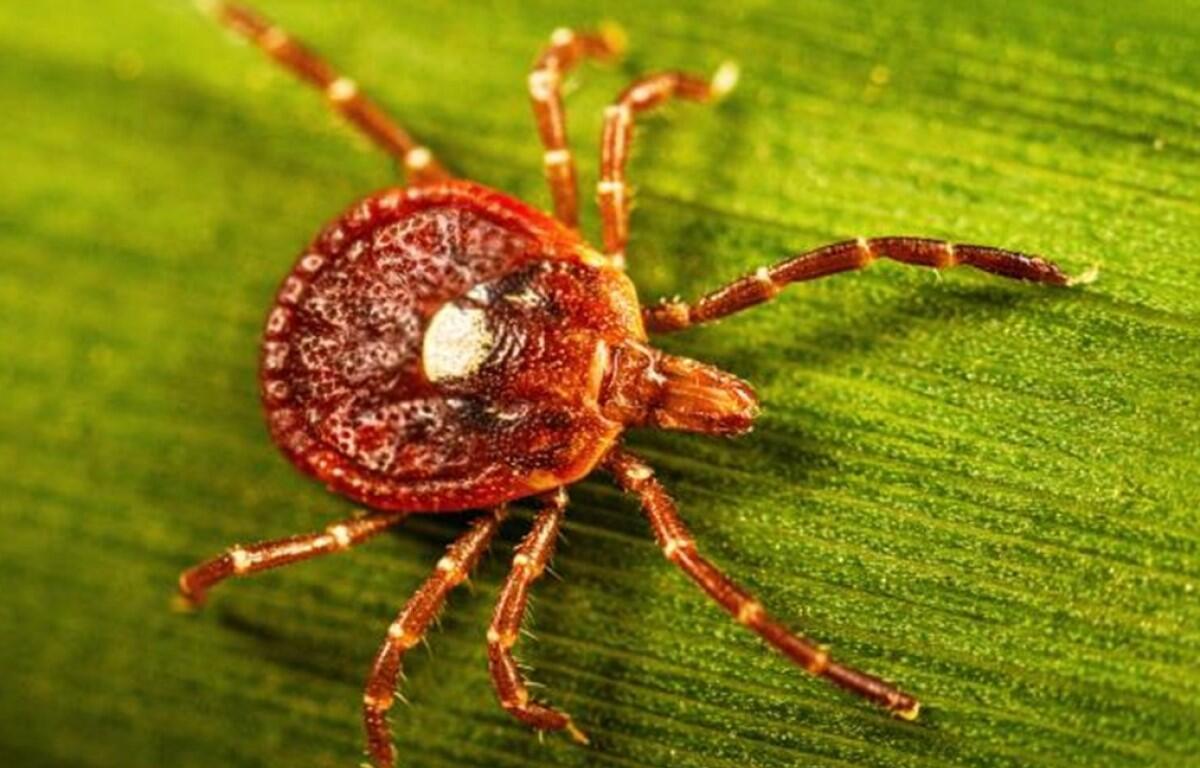CHARLOTTESVILLE, VA (CVILLE RIGHT NOW) – A world-renowned UVA School of Medicine allergist has confirmed the first death in U.S. history of a “meat allergy” occurring after someone is bitten by a Lone Star tick.
A New Jersey pediatrician sent an email to Dr. Thomas Platts-Mills, M.D., PhD, an email recently of the death of who had been a healthy 47-year old airline pilot in New Jersey who died just four hours after eating a hamburger in September 2024, and his death was rendered in an autopsy “sudden unexplained death”.
“His wife was left in a terrible situation after her 47-year old husband had died suddenly, and the post-mortem said there was no cause of death,” Dr. Platts-Mills told Cville Right Now.
Dr. Platts-Mills said, “Between his widow and Erin McFeely (the pediatrician), they thought could this be alpha-gal?”
Alpha-gal is a sugar found in mammalian meat of which the bite from a Lone Star tick has been shown to induce an allergy to in some people.
People who become sensitized to the sugar can have allergic symptoms such as rash, nausea and vomiting after eating beef, pork or lamb.
Researchers have feared that deadly anaphylaxis was possible in severe cases but had not confirmed a fatality from the allergy until now.
Dr. Platts-Mills said, “The real reason thinking of alpha-gal was that two weeks earlier, he had eaten beefsteak at 10 o’clock in the evening and at 2 o’clock in the morning, i.e. four hours later, same time interval, same antigen eaten, he had terrible abdominal pain.”
“He was writhing in pain for an hour or so, and having done that, he recovered, work up in the morning feeling fine.”
Dr. Platts-Mills said two intelligent, well-educated, rational people didn’t know what they would tell a doctor.
“The word anaphylaxis had not appeared to them,” he said.
“But when you put the two episodes together, those two episodes with a severe event occurring four hours after eating beef, then it wreaks of the alpha-gal syndrome.”
Platts-Mills obtained samples of the man’s blood that had been collected post-mortem and found that he had been sensitized to alpha-gal.
Further, the blood indicated the man had had an extreme reaction, in line with what is seen in fatal anaphylaxis.
When asked about his history of tick bites, the man’s wife said he had none this past year but had 12 or 13 chigger bites around his ankles this summer.
Platts-Mills realized that many “chigger bites” in the Eastern United States are actually bites from Lone Star tick larvae.
Platts-Mills and his colleagues suspect that several factors may have contributed to the severity of the man’s reaction, including having a beer with his burger, exposure to ragweed pollen and having exercised that afternoon.
Platts-Mills noted that the man’s family reported that he ate red meat very sparingly.
In the wake of the man’s death, Platts-Mills is urging physicians to be on the lookout for people who have developed the allergy or are at risk of exposure. He noted that the deer population is exploding in many states, and these animals are prime breeding grounds for the Lone Star tick that spreads the allergy.
Platts-Mills and his colleagues have published the details of the case in the Journal of Allergy and Clinical Immunology: In Practice.



